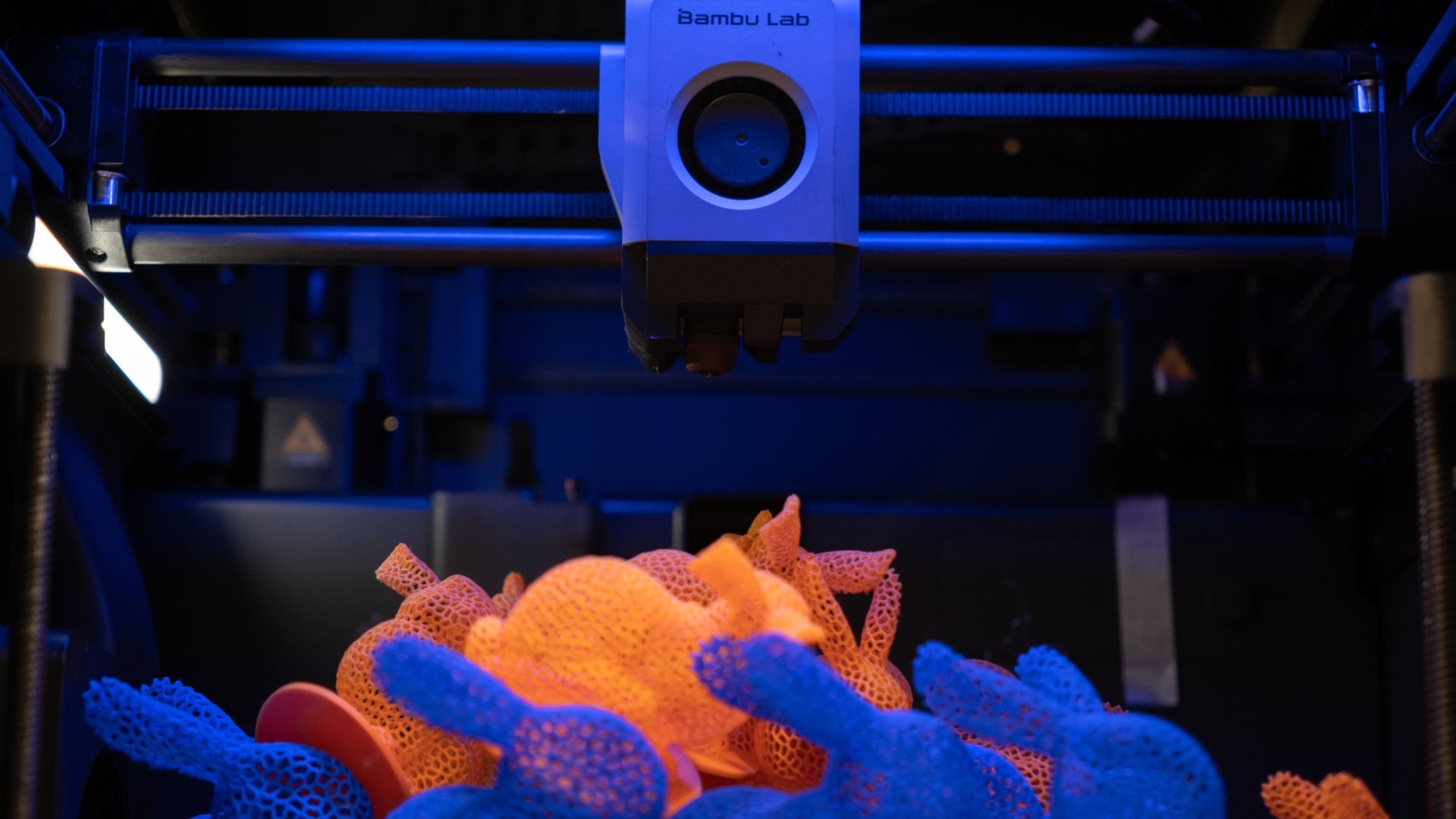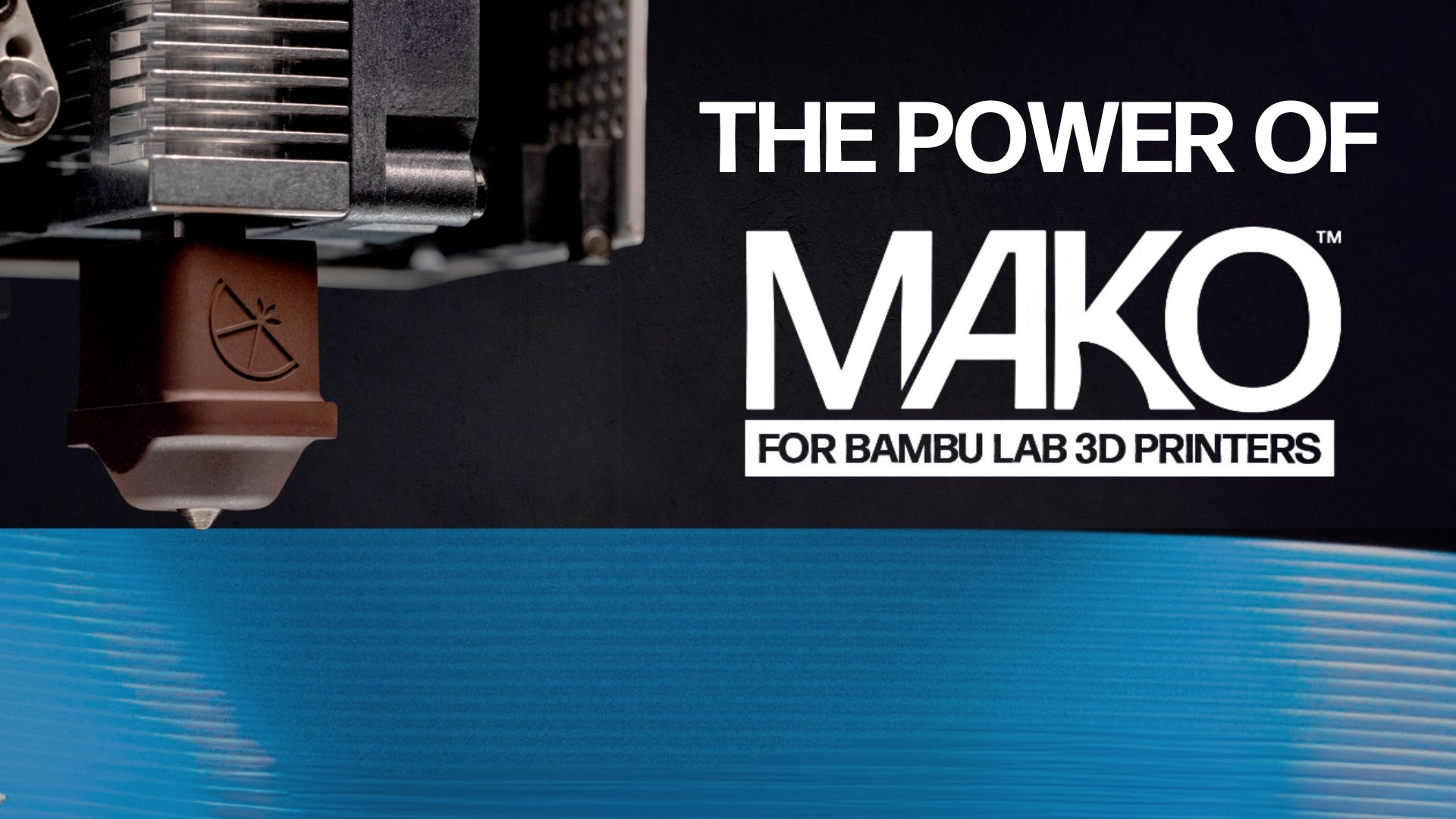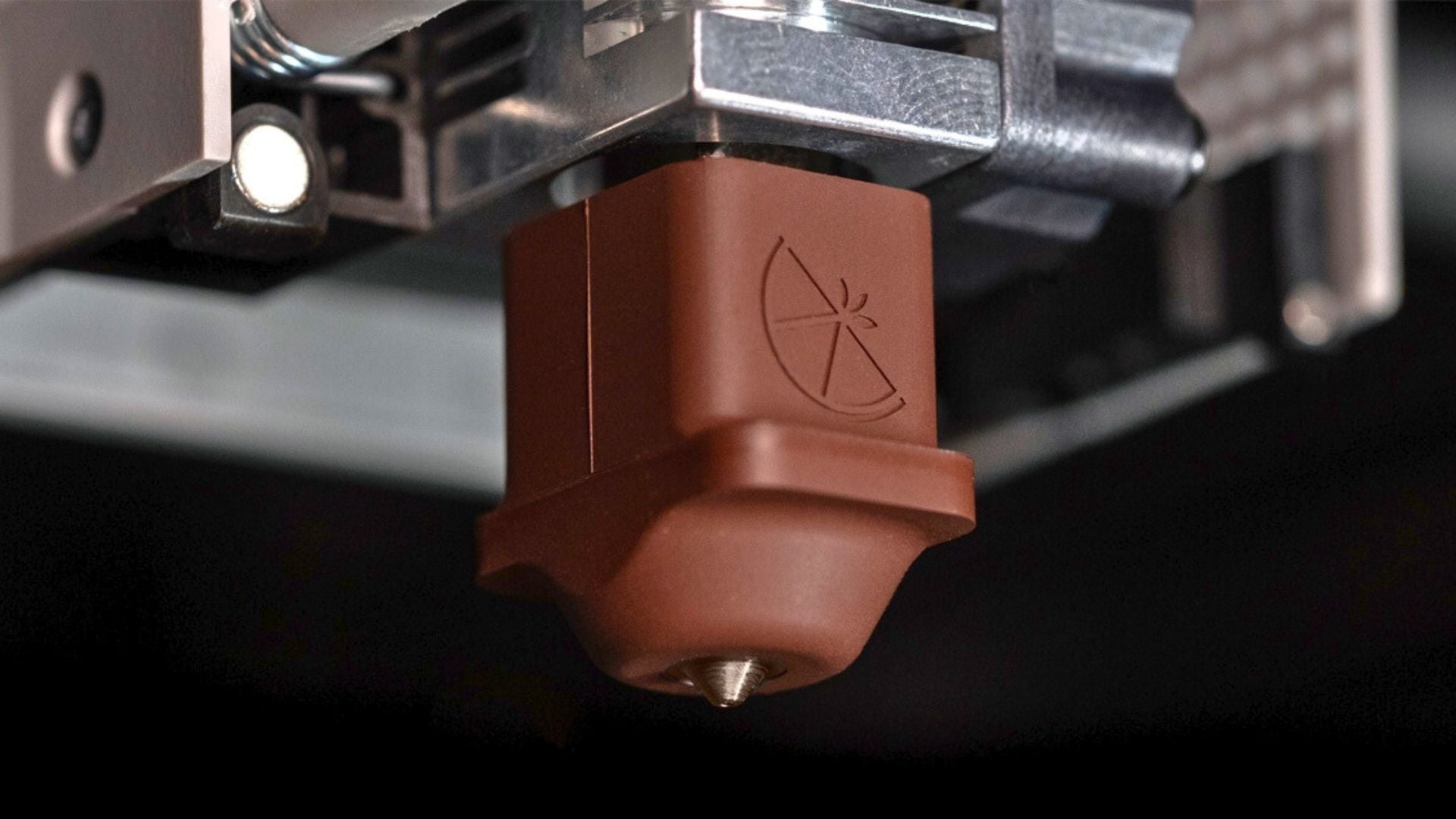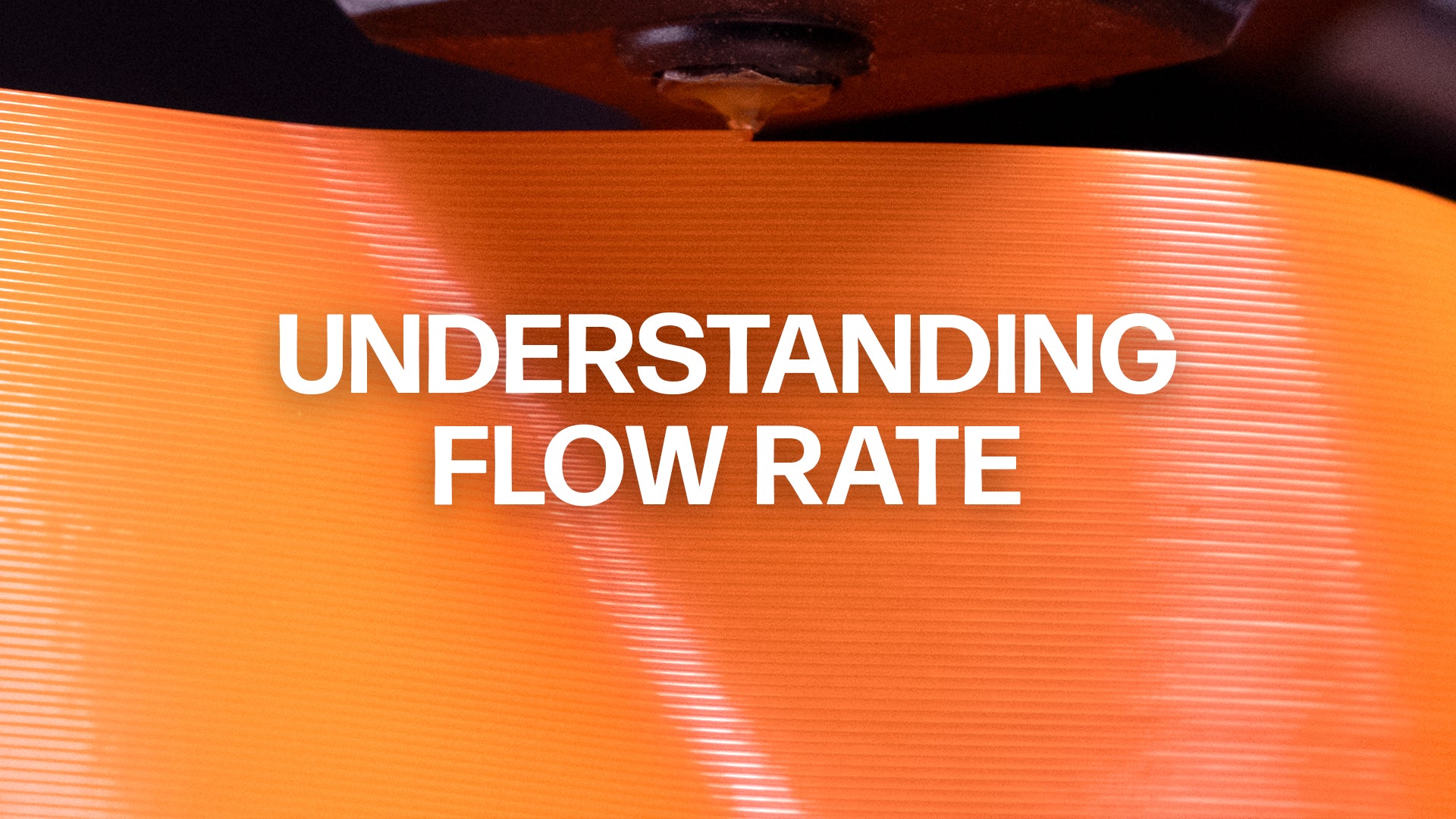
Protecting Your Hotend from Cold Air and Filament

Greg Aiosa
Mechanical Engineer
Among the three methods of heat transfer, convection and radiation tend to work against hotends designed for Fused Filament Fabrication (FFF) when it comes to maintaining the temperature of the hot side of the hotend. The “hot side” of the hotend consists of the nozzle and the hot block, and these components should have a uniform temperature equal to the printing temperature.
Forced convection plays a role in cooling the hot side in the form of part cooling, which solidifies filament when it exits the nozzle. It is advantageous when printing quickly, attempting bridging features, and using PLA. However, it is easy for part cooling to lower the temperature of the hot side by blowing too much cold air on the nozzle or hot block. A cold hot side can cause the filament to solidify within the nozzle, which leads to a jam. Additionally, the cooling can be so strong that the heater cannot provide enough heat to the hot side and a thermal error will be caused by the temperature dropping too much. Finally, the interlayer bond strength of the part can be weakened if the filament is not at the correct temperature when it leaves the nozzle.
Radiative heat losses are less impactful than convective heat losses but do lead to heat from the hot block leaking into the environment around the hotend. This means the heater has to work harder than necessary to heat the hotend. The lost heat can also melt plastic parts that tend to be close to the hot side, like the part cooling fan duct.
To counteract these issues with convective and radiative heat loss, a cover of some sort is beneficial to insulate the hotend, protecting it from becoming too cold and preventing heat from leaking. There are a few ways to make this cover, but the most common is to create a silicone cover that encapsulates the hot block and most of the nozzle, usually called a “silicone sock.” Silicone is an excellent material for this application because it has low thermal conductivity, meaning heat isn’t wasted on heating the silicone. It can usually handle temperatures up to 290 °C, which covers the printing temperature of most FFF materials. Silicone is also very flexible, making it easy to put on and remove from the hot block. We have silicone covers that we call silicone boots for both our Copperhead® and Mosquito® Hotends. Additionally, we have an aluminum cover called a Convection Shield for our Mosquito Magnum+® Hotend that functions very similarly to the silicone boots but is rated for printing temperatures up to 500 °C.
Boots vs. Socks
We call them boots because they are thicker and more tear resistant than typical silicone socks on the market. A boot is a bit more robust than a sock. There are also air pockets between the boot and the hot block to minimize how hot the boot gets, ultimately extending its life. Additionally, a plastic repellent coating is applied to the bottom of the silicone boot, making it harder for filament to adhere. This will keep your hotend nice and clean and help prevent print failures caused by filament buildup on the hotend.
Convection Shields vs Boots on the Magnum+
Because the Mosquito Magnum+ has such a high volumetric flowrate and can melt filament quickly, a ton of air is needed to ensure the filament hardens fast too. When pushing the absolute maximum flow rate the Mosquito Magnum+ can deliver, it is necessary to elevate the printing temperature above typical values for the printed filament. Sometimes this value can be over 290 °C. The Convection Shield blocks this air just like a silicone boot would, but we did not want the Mosquito Magnum+ to be limited to 290 °C, so we went with a high-temperature aluminum alloy instead. In addition, ceramic washers and an air gap thermally isolate the Convection Shield from the hot block to ensure that the heat provided from the heater is not excessively heating the Convection Shield.
The hot side of a hotend needs to be protected from heat loss and from filament adhering to it. Using a cover will mitigate the heat loss and provide the necessary protection from molten filament. Our covers for Copperhead, Mosquito, and Mosquito Magnum+ are made out of durable silicone for the former two and aluminum for the latter. We have chosen the best materials to outperform standard covers and keep your hotend from leaking or becoming too cold during any demanding application.




